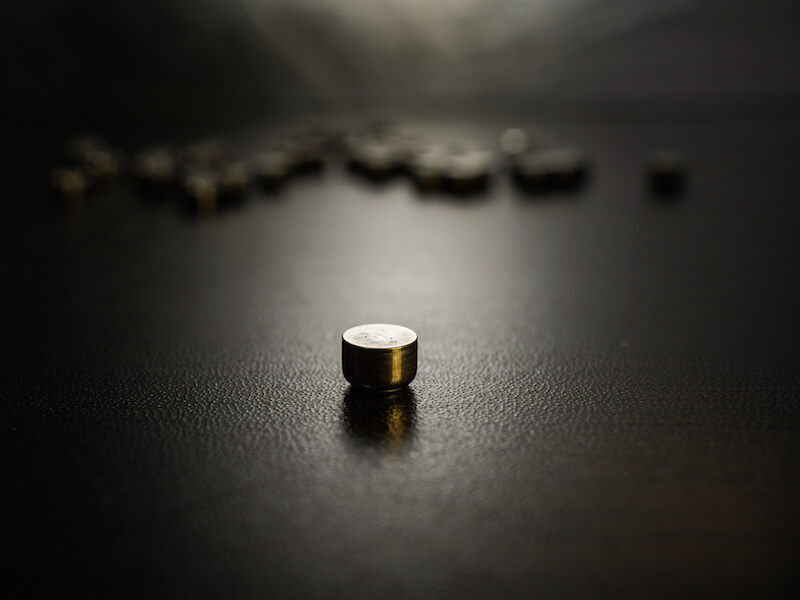Contemporary technology has evolved the way we power electronics of all types, from radios to cameras to phones. For decades, those looking to manage hearing loss have wished for a similar progression, and the industry is finally realizing the promise of a powerful rechargeable hearing aid battery.
Size 312 batteries are the most prevalent of the disposable batteries that have traditionally been used to power hearing aids. The most prominent form of this battery, now, is “zinc-ion”.
Disposable Hearing Aids Have a Downside
As the name would suggest, a zinc-air battery is impacted by the presence of air. In the case of the 312 batteries used in many hearing aids, the user needs to pull a little tab off the back of the battery before it is turned on and operational.
The moment it is fully oxygenated, it starts to lose power. That means power is start to deplete even if the user isn’t ready.
The biggest downside to disposable batteries, for the majority of users, is how short they last. With 312 batteries, the user might be replacing the batteries in their hearing aids around 120 times every year because they drain in 3 to 12 days according to some reports.
Because of this, besides needing to buy 120 batteries, the user will have to change and properly dispose of batteries at least two times a week. That’s probably over $100 in batteries from a cost outlook alone.
Rechargeable battery Improvements
Rechargeable hearing aid technology has progressed to the point where it’s now a viable solution and that’s good news for people who use hearing aids.
Studies have revealed that most people overwhelmingly prefer to wear rechargeable hearing aids. Until now these models have traditionally struggled to provide a long enough charge to make them practical. But today’s rechargeable batteries will last all day without needing a recharge.
Rechargeable batteries won’t save users substantial amounts of money, but they will make quality of life better.
On top of supplying 24 hours of charge time, these new models lead to less aggravation for the user, since there’s no more swapping and properly disposing of batteries. They just need to put the battery on the charger.
A disposable battery approaching the end of its life simply can’t work at full capacity. There’s also no exact way to identify how near to being inoperable the battery actually is. Because of this, users chance putting themselves in a situation where their battery may die at a critical time. A dead battery will not only cause a safety concern, it could cause the user to miss out on important life moments.
Hearing Aids Come in Different Types
There are unique advantages to each of the different materials that rechargeable batteries are constructed from. The ability to maintain a charge for 24 hours is one reason why integrated lithium-ion batteries are one practical option that manufacturers supply. You may be surprised to know that this same type of technology is what charges and powers your cellphone.
Silver-zinc technology is another material used for modern rechargeable hearing aids. Initially, these revolutionary batteries were developed for Nasa’s moon missions. With this technology, even your current hearing aids can probably be updated to run on rechargeable batteries. These batteries, like lithium-ion, will also last all day before requiring a recharge.
Some models even allow you to recharge the battery without removing it. During the night, or at some other time when the hearing aid is not being used, the whole hearing aid can be placed right into the charger
Whichever option you decide on, rechargeable batteries will be considerably better than disposable batteries. You just have to do some research to decide which option is ideal for your needs.
Take a look at our hearing aid section if you’re looking for more information about what battery would be the right choice for you or any other info about hearing aids.




